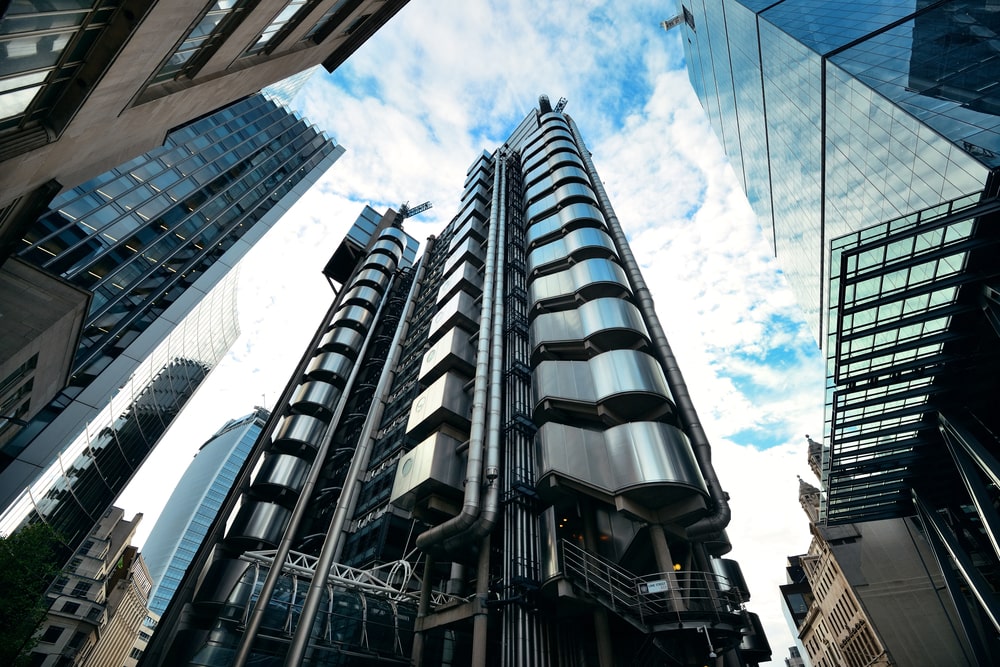
Republished with the kind permission of Insurance Day. (To read a PDF copy of the article, please scroll down to the end of the article).
If there is one word to describe 2020, it is transformational. Nowhere has this been felt more than in the world of risk, with COVID-19 becoming the number one concern for all organisations, both large and small.
Yet, there are still significant risks across the business landscape, such as Cyber, for example, which is essentially up there with traditional risks such as property. According to Coalition, a cyber insurance and security provider, more than two-fifths of all insurance claims in North America (41%) in the second quarter of 2020 were due to ransomware attacks. It was not so long ago that cyber was described as an emerging risk, but those days are over.
Similarly, there is impending environmental, social and governance (ESG) regulation, which is a chief concern for financial firms and investors. Thus, many organisations are in danger of adopting what is essentially, “two risk profiles”. One they previously had and are still building their risk strategies around, and one they now need to move towards to address current risks like Cyber.
Failure to understand this protection gap will reduce the effectiveness of an organisation’s current risk mitigation strategy to protect its’ balance sheet. Before we address how (re)insurers can help corporates manage this new profile, we need to understand how these two risk profiles differ. A good starting point for this analysis is trade, which underpins the exposures that connect most, if not all the specialty insurance classes.
The World Trade Organisation expects global trade merchandise to fall by 9.2% this year due to the fallout from the COVID-19 pandemic. In 2021, global trade growth will be 7.2%, much lower than the WTO’s previous outlook of 21.3%.
In a recent statement, the WTO said that a deeper trade slump has been avoided because of a surge in cross-border commerce of medical supplies and accelerated economic activity in June and July, when the national lockdowns were lifted.
However, if trade picks up, organisations will be returning to a new landscape of risk where trade is not the only key determinant risk but sits alongside other Connected Risks such as ESG and Cyber.
Over the last few years, investors have become more acutely aware of the importance of ESG when making decisions. A move driven by impending regulation such as the Market in Financial Instruments Directive II (MiFID II) and global climate activism. The Bank of America estimates that more than $600 billion of S&P 500 company market capitalisation was lost to “ESG controversies” over the last seven years.
ESG-focused funds manage more than $1.1 trillion of assets according to the Morningstar. The current COVID-19 pandemic has certainly increased this investment, with funds investing along ESG principles seeing an inflow of $71 billion between April and June this year, according to industry sources.
In this new landscape of Connected Risks, corporate risk managers are being forced to reckon with new business exposures that have the ability to impact their organisations. However, their current risk profiles and mitigation strategies do not cater for this new reality. What corporates have to adapt to is a “new normal risk profile”, where exposures are becoming interconnected and can impact an organisation in numerous ways.
So, in this “new normal” of risk, how can (re)insurers help? The answer lies in the number 1686.
The birth of the “Lloyd’s Coffee House” in 1686 helped pave the way for the global insurance market as we know it today. By providing an establishment for sailors, merchants and shipowners to meet, due to a period of huge technological expansion and rapidly connecting trade routes, Lloyd’s helped provide both established entrepreneurs and, what we would describe today, as starts ups, with reliable shipping news, giving them the insights to help conduct their business.
Fast forward to 2020, and the market is facing a similar defining moment of change and transformation. Corporates are crying out for (re)insurers to offer them integrated, connected solutions, not products. Such connected solutions will be able to provide a holistic approach to Connected Risk, whereby risks are mapped to perils. In this new wave of connectivity, these solutions will be built upon a deep data set that provides both sides with the needed insight to support decision-making.
At the heart of this approach is a collaborative and trusting relationship between corporates and (re)insurers, whereby problems are met not with standard products but with solutions delivered by teams of insurance subject matter experts.
The success of the Lloyd’s Coffee House led to the decision of some 79 members, including brokers and underwriters to create in 1774, a new quarter at the Royal Exchange for these members to transact their businesses as underwriters.
Maybe, just maybe, history could repeat itself, as the insurance industry enters another cycle of innovation, and uses its imagination to create.
To read the PDF version of the article in full, please click on the link below (and scroll to Page 7):